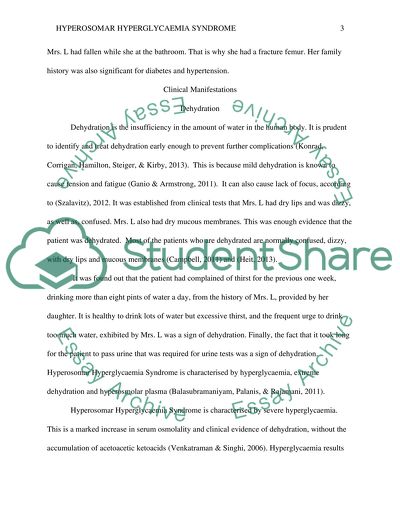Cite this document
(“Clinical Case Study- Hyperosmolar Hyperglycaemic Syndrome Study”, n.d.)
Clinical Case Study- Hyperosmolar Hyperglycaemic Syndrome Study. Retrieved from https://studentshare.org/nursing/1488044-clinical-case-study-hyperosmolar-hyperglycaemic
Clinical Case Study- Hyperosmolar Hyperglycaemic Syndrome Study. Retrieved from https://studentshare.org/nursing/1488044-clinical-case-study-hyperosmolar-hyperglycaemic
(Clinical Case Study- Hyperosmolar Hyperglycaemic Syndrome Study)
Clinical Case Study- Hyperosmolar Hyperglycaemic Syndrome Study. https://studentshare.org/nursing/1488044-clinical-case-study-hyperosmolar-hyperglycaemic.
Clinical Case Study- Hyperosmolar Hyperglycaemic Syndrome Study. https://studentshare.org/nursing/1488044-clinical-case-study-hyperosmolar-hyperglycaemic.
“Clinical Case Study- Hyperosmolar Hyperglycaemic Syndrome Study”, n.d. https://studentshare.org/nursing/1488044-clinical-case-study-hyperosmolar-hyperglycaemic.


